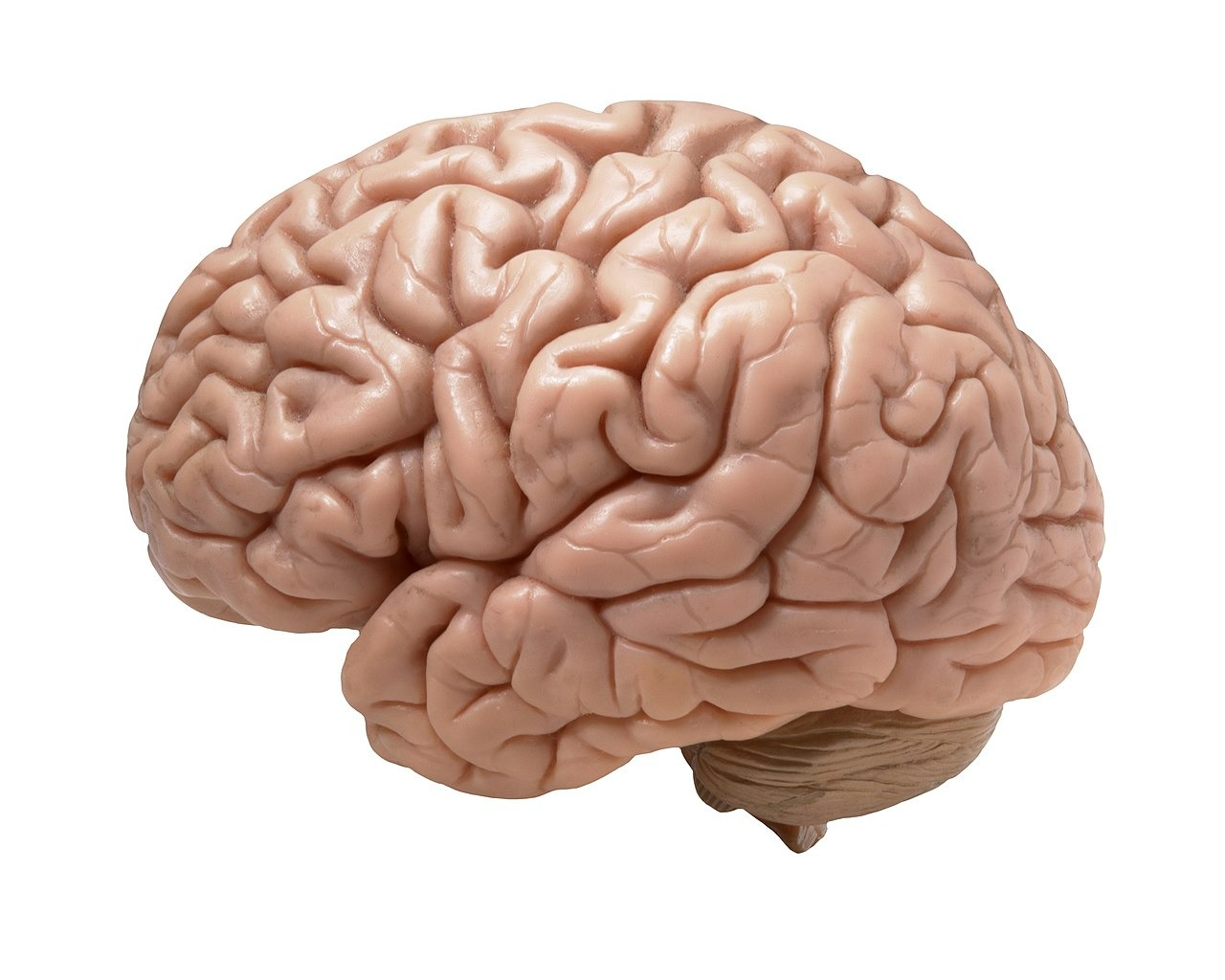Your AI addiction might finally have met its match. While data centers devour electricity like digital gluttons, scientists have found something one million times more energy efficient than artificial neurons: the real thing. “Wetware” computing platforms now use lab-grown human brain organoids—mini-brains cultured from stem cells—as biological processors that can actually perform computations.
These aren’t science fiction fever dreams. Companies like Switzerland’s FinalSpark and Australia’s Cortical Labs offer remote access to platforms where researchers can run experiments on living neural networks via cloud APIs. The organoids, kept alive in laboratory environments, interface with electrodes that translate electrical signals into basic binary operations.
Reality Check: Your Phone Is Still Smarter
Current wetware systems pack about 10,000 neurons compared to your brain’s 100 billion.
Before you start planning your cyborg future, these biological computers currently handle tasks like distinguishing Braille letters or controlling simple robots. Benjamin Ward-Cherrier from the University of Bristol puts it bluntly: “Working with robots is very easy by comparison… there’s also the fact that they are living cells—and that means that they do die.”
Unlike your laptop’s annoying but predictable crashes, organoid processors face an existential problem: mortality. If the cells die, you can’t just reboot. You need new brain tissue.
The $35,000 Question
Research platforms cost more than luxury cars, but global collaboration is exploding.
Access to these biocomputing platforms runs upwards of $35,000, making them exclusively research territory for now. Universities from Bristol to Johns Hopkins are experimenting remotely, using the systems for everything from disease modeling to drug discovery.
Fred Jordan from FinalSpark frames the philosophy simply: “Instead of trying to mimic, let’s use the real thing.” Fair point, considering artificial neural networks borrowed their concepts from biology in the first place.
Ethics Without the Hysteria
Scientists dismiss consciousness concerns while planning decades of development ahead.
Current organoids lack the complexity, pain receptors, or structural organization required for consciousness—a relief given the ethical minefield that would create. Researchers collaborate with ethicists to address the philosophical implications of using human-derived cells in computing, but the immediate focus remains on harnessing biological efficiency rather than creating digital sentience.
You’re looking at decades before wetware impacts mainstream computing, but the energy efficiency alone could transform how we think about AI’s environmental cost. Sometimes the most revolutionary technology is just biology doing what it does best.





























